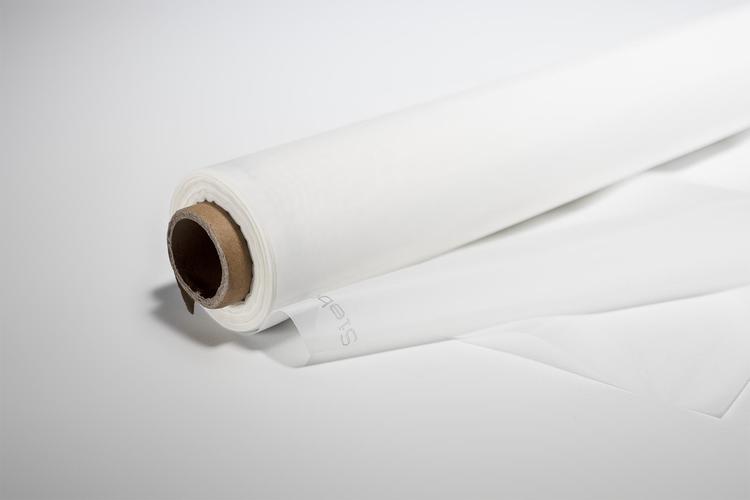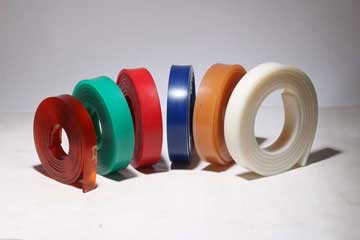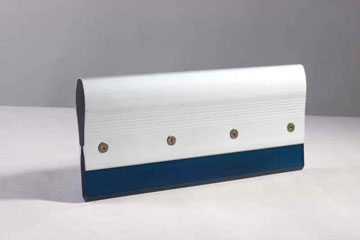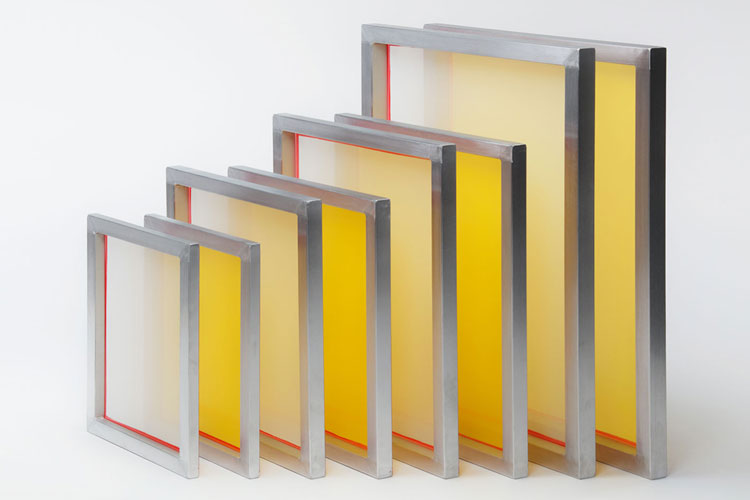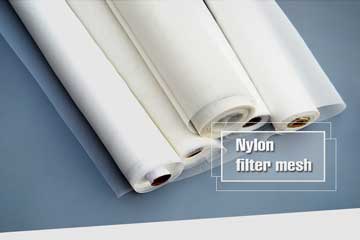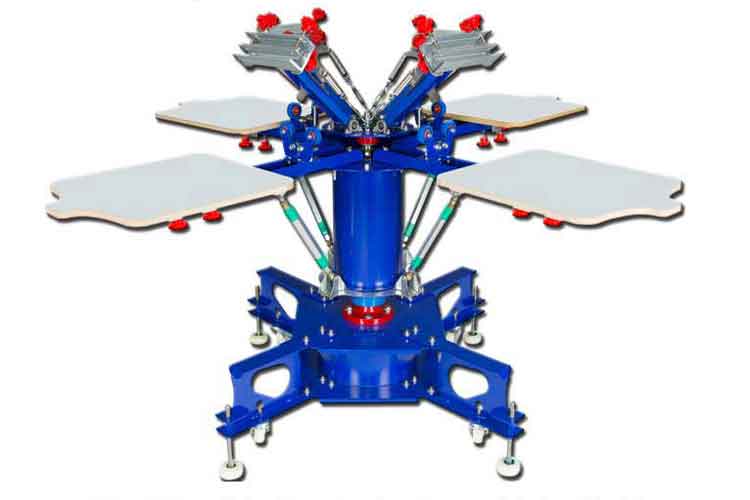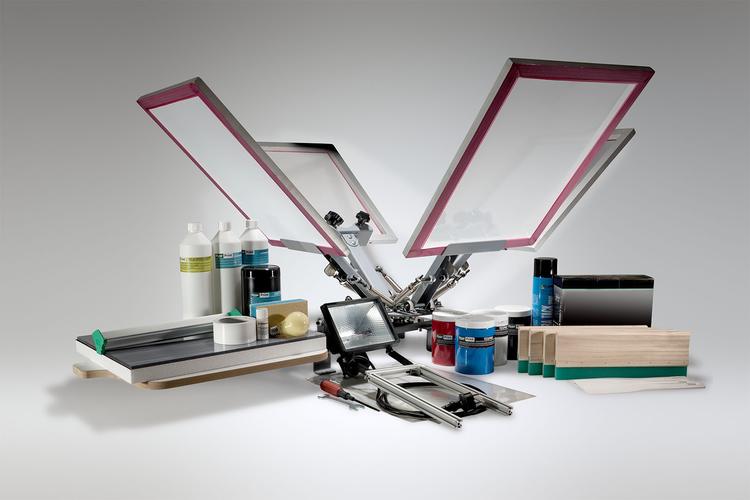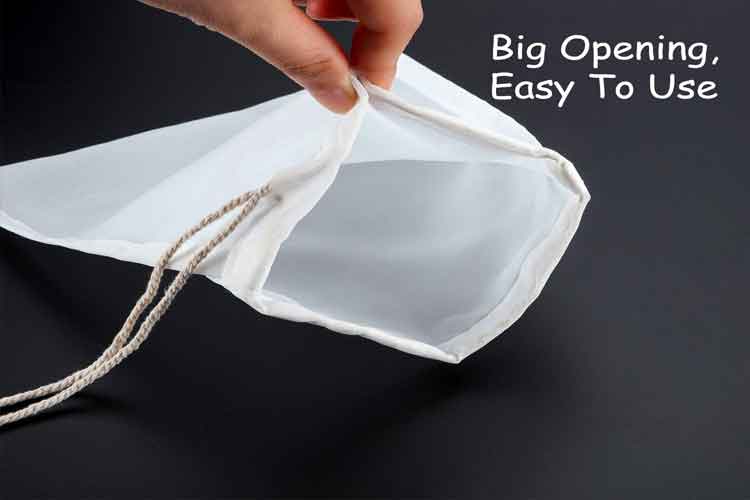110 Monofilament Screen Fabric
110 Monofilament Screen Fabric Product Details The fabric is used to support the ink-blocking template. Polyester replaces traditional silk fabrics with its tensile strength, elastic memory, chemical resistance, abrasion resistance, heat resistance and mo110 Monofilament Screen Fabric Product Details
The fabric is used to support the ink-blocking template. Polyester replaces traditional silk fabrics with its tensile strength, elastic memory, chemical resistance, abrasion resistance, heat resistance and moisture resistance, making it the fabric of choice for screen printing machines all over the world. Our 110 Monofilament Screen Fabric is woven from a single strand of yarn extruded from heated polyester. The extruded wire is spun into a precise diameter.
This product is our company's salable product which has high quality and lots of excellent characteristics. Therefore, if you purchase this product, you will get the excellent product experience. Besides, the price of this product is reasonable. Welcome to purchase it.
110 Monofilament Screen Fabric Details
| Material | 100% Polyester |
| Weave Type | Plain |
| Elasticity | High |
| Mesh Count | 25-460 Mesh/Inch |
| Color | White and yellow |
| Width | 158cm-306cm |
| OEM | Available |
| Tension number | 30N(120Tx34W) |
| Wire Diameter | 150-31 micron |
110 Monofilament Screen Fabric Characteristics:
1.High quality screen mesh;
2.Water-resistant and wear-resistant;
3.Smooth surface and nice appearance;
4.Durable and tensible;
5.Nice stability and printing effect;
6.Stretching capability is good.
7.Its elasticity is close to that of wool, and it can almost completely recover when it is stretched by 5% to 6%.
8.This 110 Monofilament Screen Fabric is resistant to bleaches, oxidants, hydrocarbons, ketones, petroleum products and mineral acids.
9.Acid and alkali have little damage to them, and they are not afraid of mold and are not afraid of insects.
110 Monofilament Screen Fabric Application:
1.Environmental protection;
2.The production of paper;
3.The separation of mineral;
4.Medicine;
5.Food industry;
6.Printing.
Tags:
